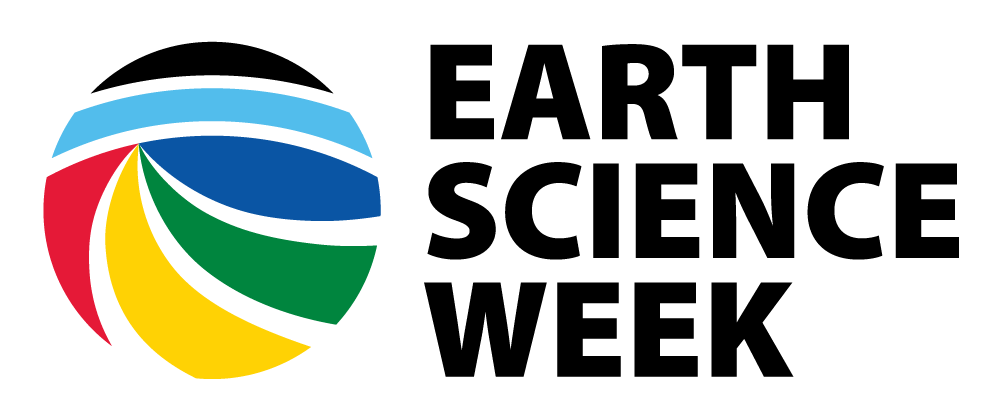Earth Science Week Classroom Activities
Ocean Currents
Activity Source:
Teachervison; Excerpt from Ready-to-Use Earth Astronomical Science Activities for Grades 5-12
Objectives
- Students will map the patterns of the major ocean currents.
- Students will learn about the influences of wind, water temperature, landmasses, and water density on currents.
Materials
- Tin pie plates
- Water
- Oregano or chili powder (or any herb that floats)
- Paper or plastic straws
- Food coloring
- 150 ml beakers
- Hot plate (if hot tap water is not available)
- Table salt
- Map of the world
- Reference materials
Procedure
- Point out that ocean currents are driven by the wind and influenced by the landmasses that obstruct the flow of water as well as the density and temperature of the water.
- Demonstration 1: Fill a tin pie plate to the inner rim with cold tap water.
- Sprinkle a teaspoon of herb (oregano or chili powder) over the surface.
- Using a plastic or paper straw, gently blow across the middle of the surface from one side of the pan.
- Write a sentence to describe the patterns created by the motion of the herbs.
- Students should observe that the water is rippled by the artificial wind they create and that the currents on the surface circulate around the edges of the pan. Point out that the wind they created is analogous to the Equatorial Currents flowing west at the Earth’s equator. These currents are forced into a clockwise rotation in the Northern Hemisphere and a counterclockwise rotation in the Southern Hemisphere because of the Earth’s rotation and the landmasses that obstruct the waters’ flow.
- Demonstration 2: If hot tap water is unavailable, use a hot plate to warm 50 millileters of water. BE SURE TO EXERCISE PEOPER SAFETY PRECAUTIONS IN THE USE OF THIS EQUIPMENT. WEAR GOGGLES.
- Add a tablespoon of salt to the warm water and several drops of food coloring. Stir the mixture.
- WEAR HEAT RESISTANT GLOVES and carefully pour several milliliters of the warm water into the same water-filled pie pan used in Demonstration #1.
- Write a sentence to summarize your observations about how this denser mixture behaves when poured into cool water.
- Have students label the major ocean currents on a map of the world.
